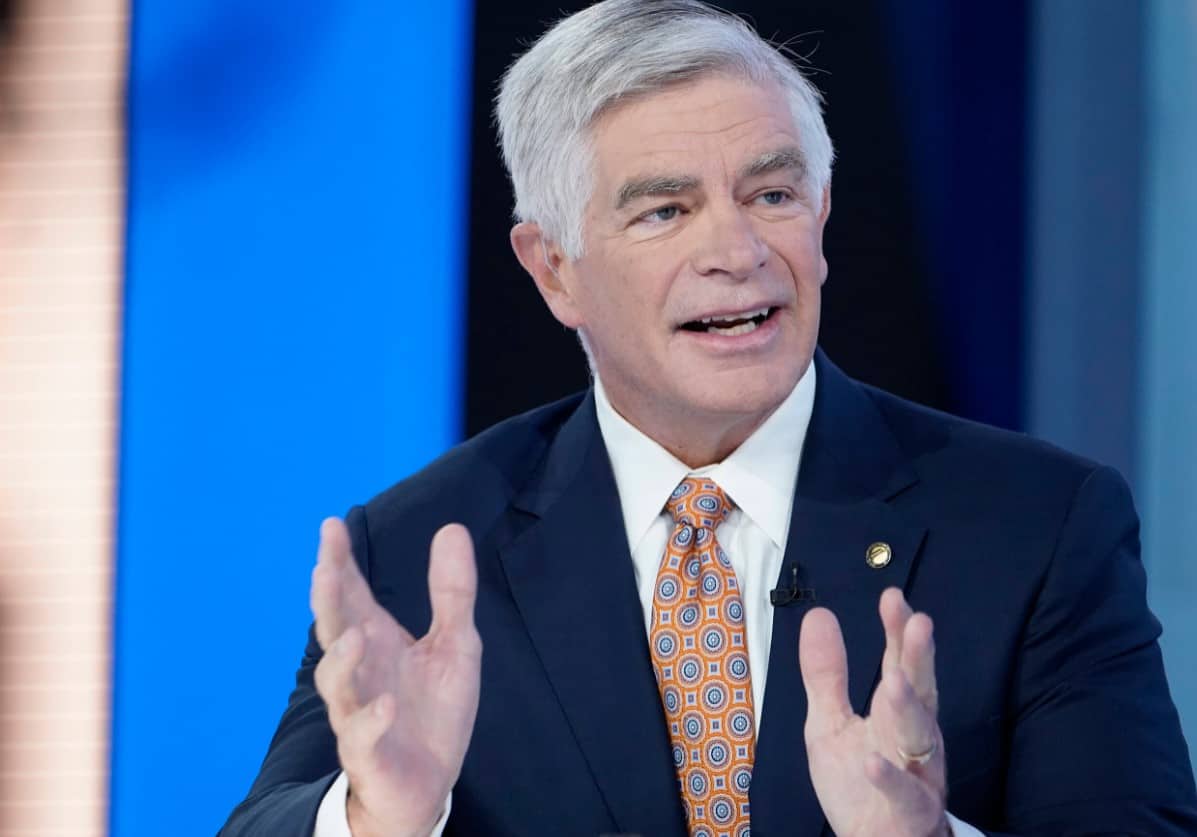Philadelphia Fed President Patrick Harker said Thursday he foresees three or four interest rate hikes this year as likely to fight inflation.
His thinking, outlined in a live interview on CNBC’s “Closing Bell,” is consistent with estimates the policymaking Federal Open Market Committee released in December.
But while officials then penciled in the likelihood of three quarter-percentage-point increases in 2022 of the Federal Reserve’s benchmark overnight borrowing rate, Harker said he may be open to even more.
“We do need to take action on inflation. It is more persistent than we thought a while ago. I’ve been off the ‘transitory’ team for a while now,” he said, citing the term Fed officials used to characterize inflation through most of 2021 before pivoting toward the end of the year.
“I think it’s appropriate to take action this year,” Harker said. “Three [hikes] is what I’ve penciled in, but four is not out of the question in my mind.”
Harker’s comments come as Labor Department reports showed inflation surging through the U.S. economy. Consumer price inflation is at 7%, its highest year-over-year rate since June 1982, while wholesale prices in 2021 gained 9.7%, the biggest move in data going back to 2010.
Following the December meeting, the Federal Open Market Committee set a schedule that also would wrap up the monthly bond purchases by around March. Minutes released subsequently showed that some members also think the Fed should start reducing the size of its balance sheet, likely by allowing some of its bond proceeds to roll off each month.
But Harker favors a slower approach on the balance sheet question. He thinks the Fed should wait until it raises rates “for sake of argument 100 basis points,” or four hikes, before starting to whittle down what has become a more than $8.8 trillion balance sheet as the result of asset purchases during the pandemic. A basis point is one one-hundredth of a percentage point.
“I don’t want to do that all at once. I think that’s just the wrong way to go,” he said. “Let’s do them in stages.”
Going slow, he said, would cushion the economy from shocks that might occur from the Fed backing off from the easiest monetary policy in its history. He said the Fed can avoid killing the recovery if it moves “carefully and methodically. This is why I’m not in the camp of raising rates and doing balance sheet normalization at the same time,” he said.
Earlier in the day, Chicago Fed President Charles Evans also said he sees three rate increases as most likely, though he, too, is open to more.
″[Three increases are] probably a good opening bid this year depending on how the data roll out,” Evans said to reporters. “It could be four if the data don’t improve quickly enough on inflation.”
Neither Evans nor Harker are voters this year on the FOMC, though they do get to voice their opinions at policy meetings and their views are part of the committee’s “dot plot” of members’ interest rate expectations.

